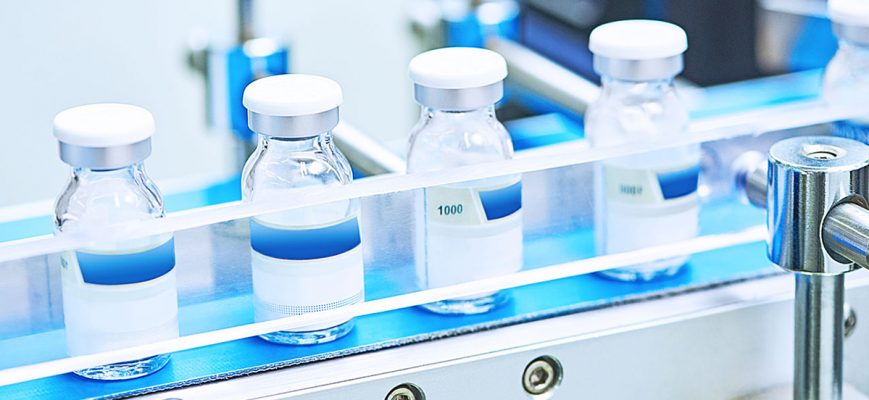One of the key ongoing developments in the world of pharmaceutical translation is the expansion of Asian markets. The Indian and Chinese drug markets are growing exponentially, as are those of many smaller South East Asian countries. Adapting to these markets is not always easy for Western companies: in the same way that they must adapt the product they sell, they must also change the way they think about translation and localisation.
Another key change in the pharmaceutical industry is the increasing role of generics, with many voices arguing for the sale of ‘branded generics’, particularly for the less cash-rich economies of Asia. Again, it is essential that your company responds to local markets in an appropriate way; and adjusts every aspect of its approach to the local culture.
Global consolidation
In addition, recent years have seen the global consolidation of many leading pharmaceutical companies. This has taken the form of acquisitions and mergers among various pharmaceutical companies. Many of these mergers have created multi-national companies which work in various different language areas.
Multi-lingual documentation is essential in one of the most tightly-legislated industries in the world. Pharmaceutical translation may be required at any level, including clinical research, regulatory submission and review, production and marketing. In Europe, expansion of the EU block into new member countries is also driving increased demand for medical and pharmaceutical translation services.
Pharmaceutical translation in Europe
In European countries, on top of the requirements of the country’s own drug regulatory authority, the requirements of European Medicines Agency (EMEA) must also be met. EMEA sets a strict time frame of 20 days allowed for translated versions of approved documents. Within five days of the marketing authorisation being given by the CPMP (the EMEA committee responsible for assessing marketing authorisations), initial translations must be provided. By the 20th day, the final revised versions of the translations must be provided to the EMEA in their final format.
Translators within the European pharmaceutical industry must therefore be experts in European regulatory submission and have experience with the latest Quality Review of Documents Groups (QRD) Templates. QRD templates are a set of documents whose main objective is to set out standard phrasing, terminology, and stylistic preferences for product information as well as to provide guidance on layout. Labels in medicine bottles contain diverse information like dosage, storage instruction, side effects, warnings, frequency of use, expiry date etc. When these medicines are sold in a multilingual market like the European Union, they need to be accurately translated in the local language of the country they are to be sold in. The EU has issued several directives such as the medical device directive, clinical trials directive, in-vitro diagnostic directive, which make it mandatory to translate medical labels into the language of the market in which products will be sold.
At QuickSilver Translate we offer specialised translation for the pharmaceutical and healthcare sector. Contact us to find out more.
- Summary of Product Characteristics (SmPC)
- Patient Information Leaflet (PIL)
- Marketing materials and web content
- Market Studies
- Case Report Forms (CRF)
- Patient Guides
- Patient Questionnaires
- Informed Consent Forms (ICF)
- Clinical Trial Materials• Doctor Guides
- Lab Reports
- Manufacturing Specifications
- Patents
- Regulatory Documents

